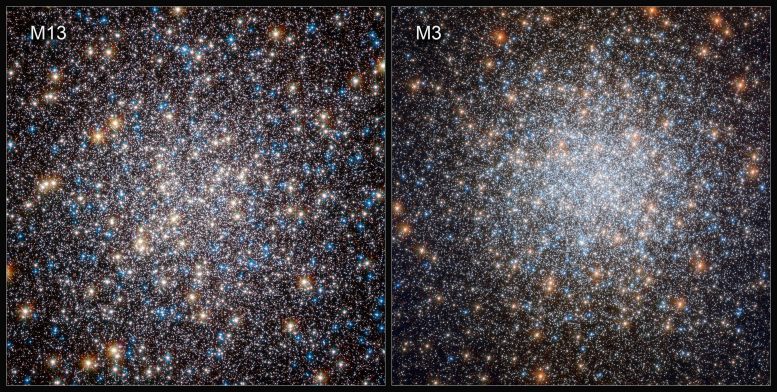White Dwarfs Can Still Undergo Stable Thermonuclear Activity

To investigate the physics underpinning white dwarf evolution, astronomers compared cooling white dwarfs in two massive collections of stars: the globular clusters M3 and M13. These two clusters share many physical properties such as age and metallicity but the populations of stars that will eventually give rise to white dwarfs are different. This makes M3 and M13 together a perfect natural laboratory in which to test how different populations of white dwarfs cool. Credit: ESA/Hubble & NASA, G. Piotto et al.
Could dying stars hold the secret to looking younger? New evidence from the
White dwarfs are the slowly cooling stars that have cast off their outer layers during the last stages of their lives. They are common objects in the cosmos; roughly 98% of all the stars in the Universe will ultimately end up as white dwarfs, including our own Sun.[1] Studying these cooling stages helps astronomers understand not only white dwarfs, but also their earlier stages as well.
To investigate the physics underpinning White Dwarfs Can Still Undergo Stable Thermonuclear Activity
